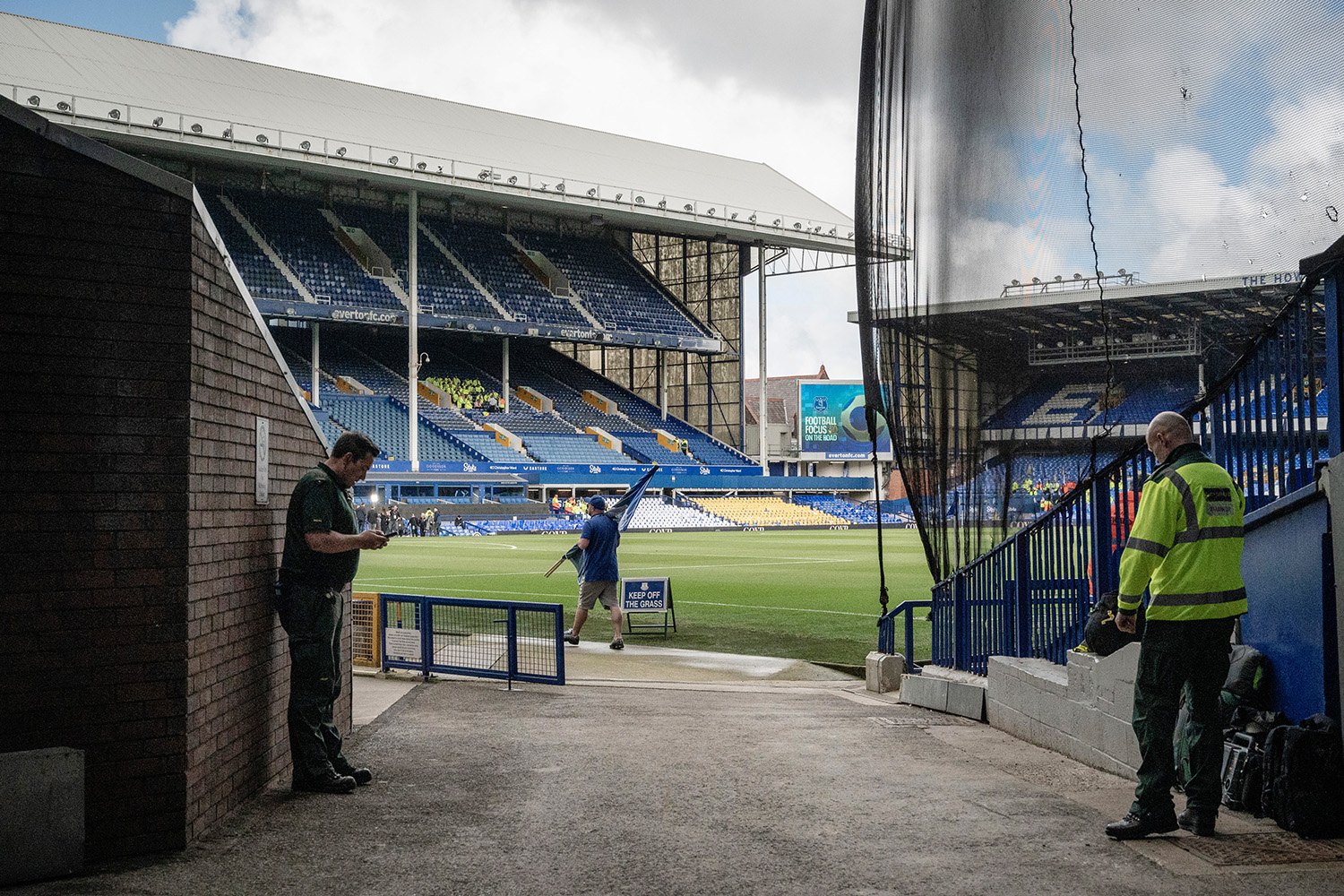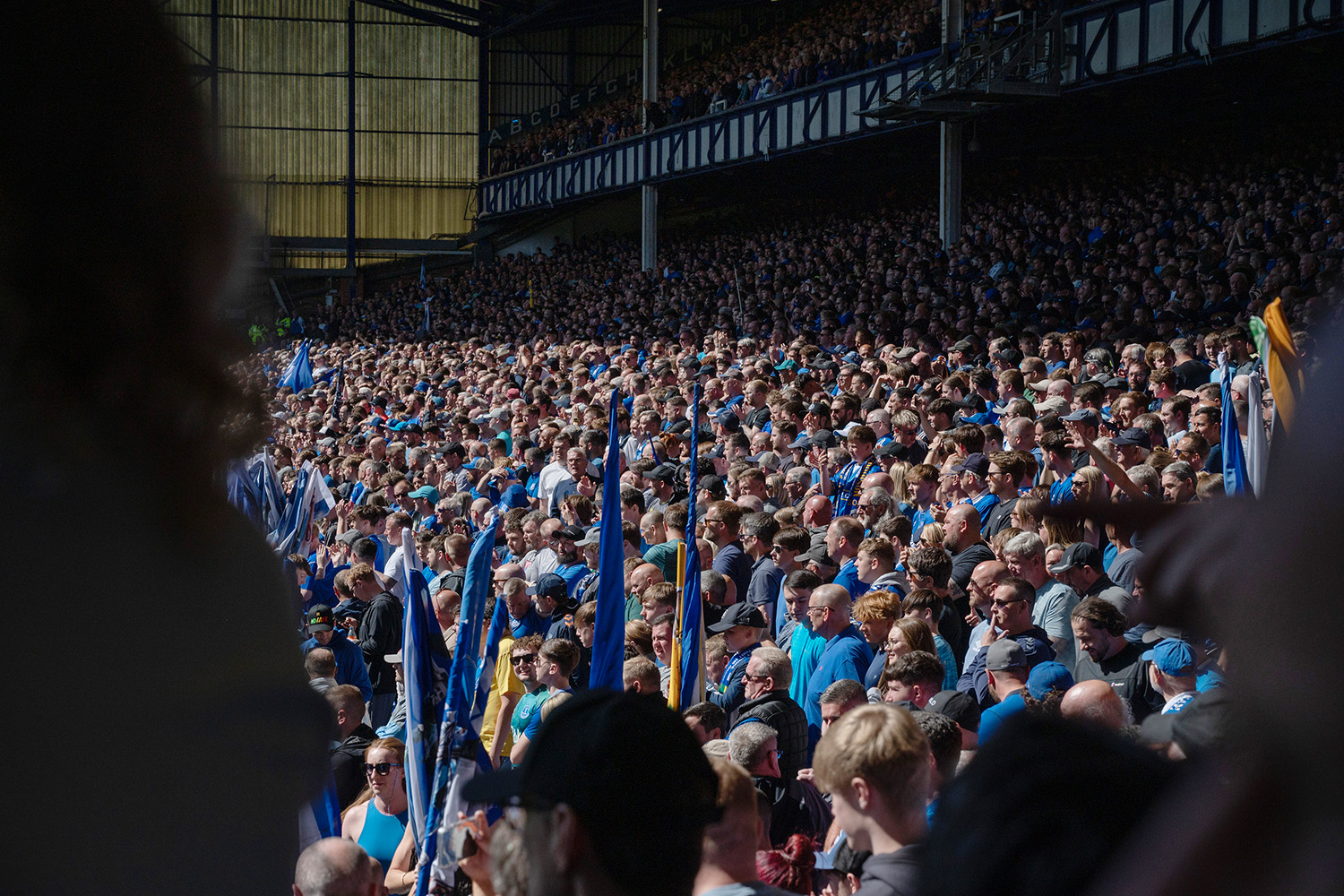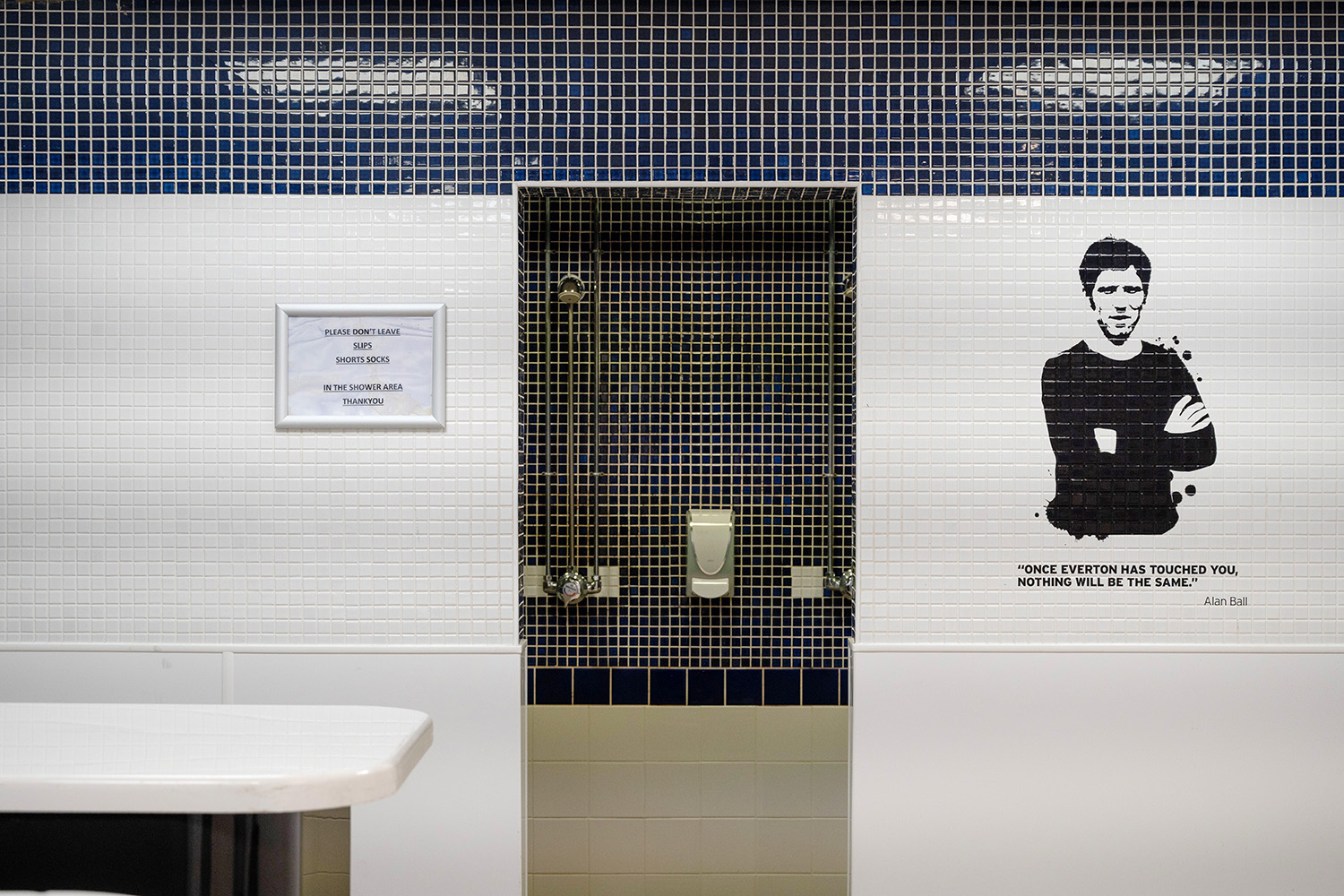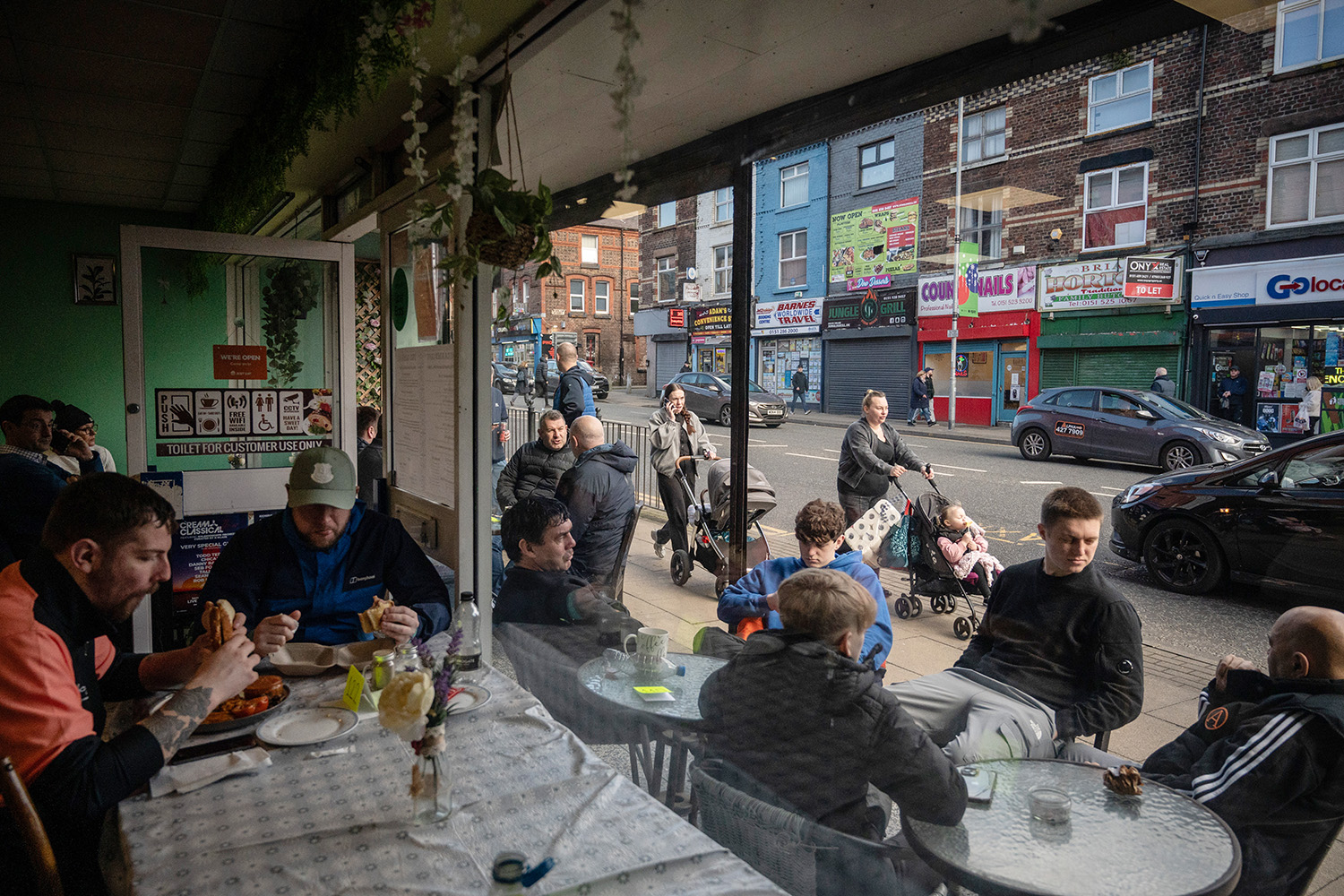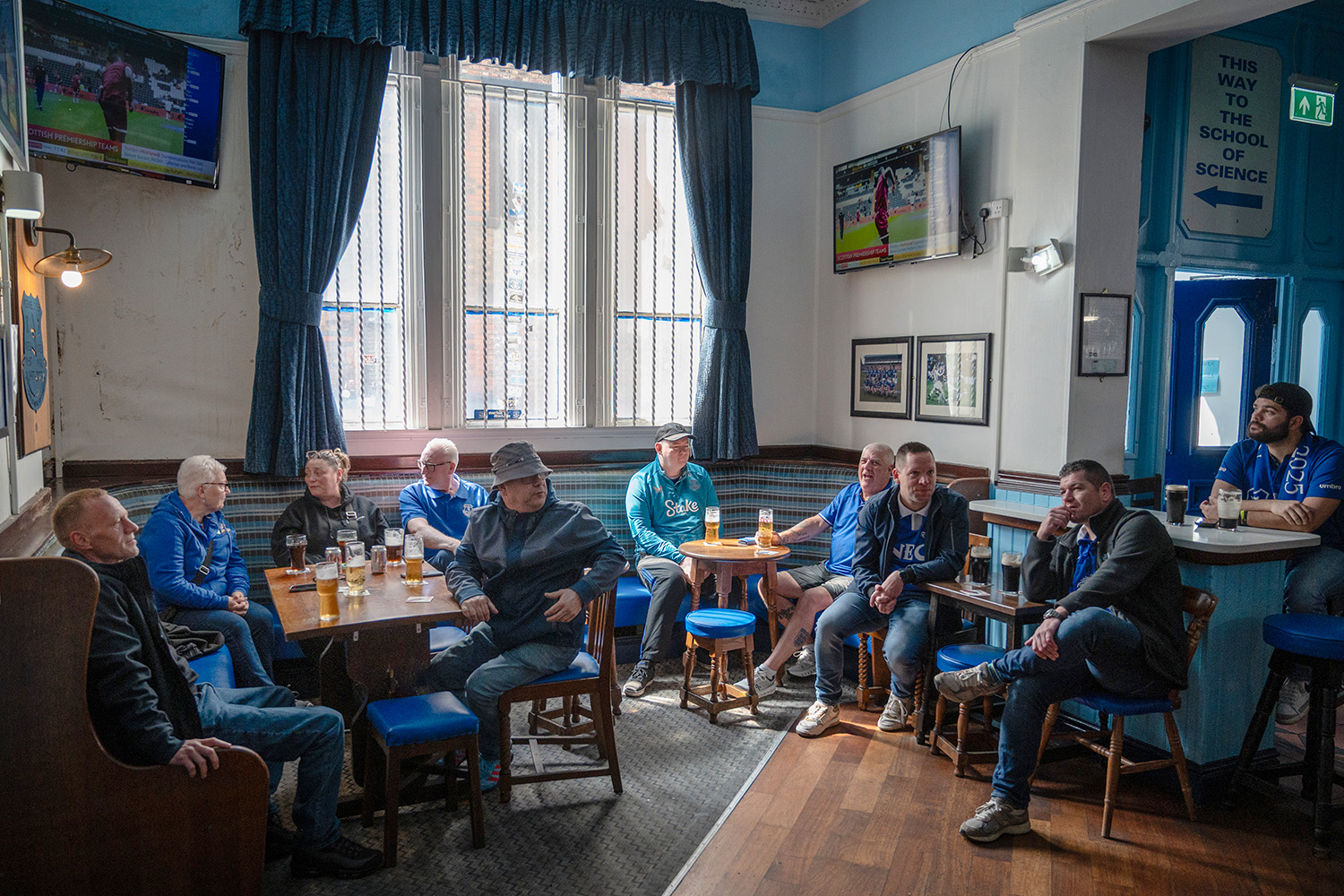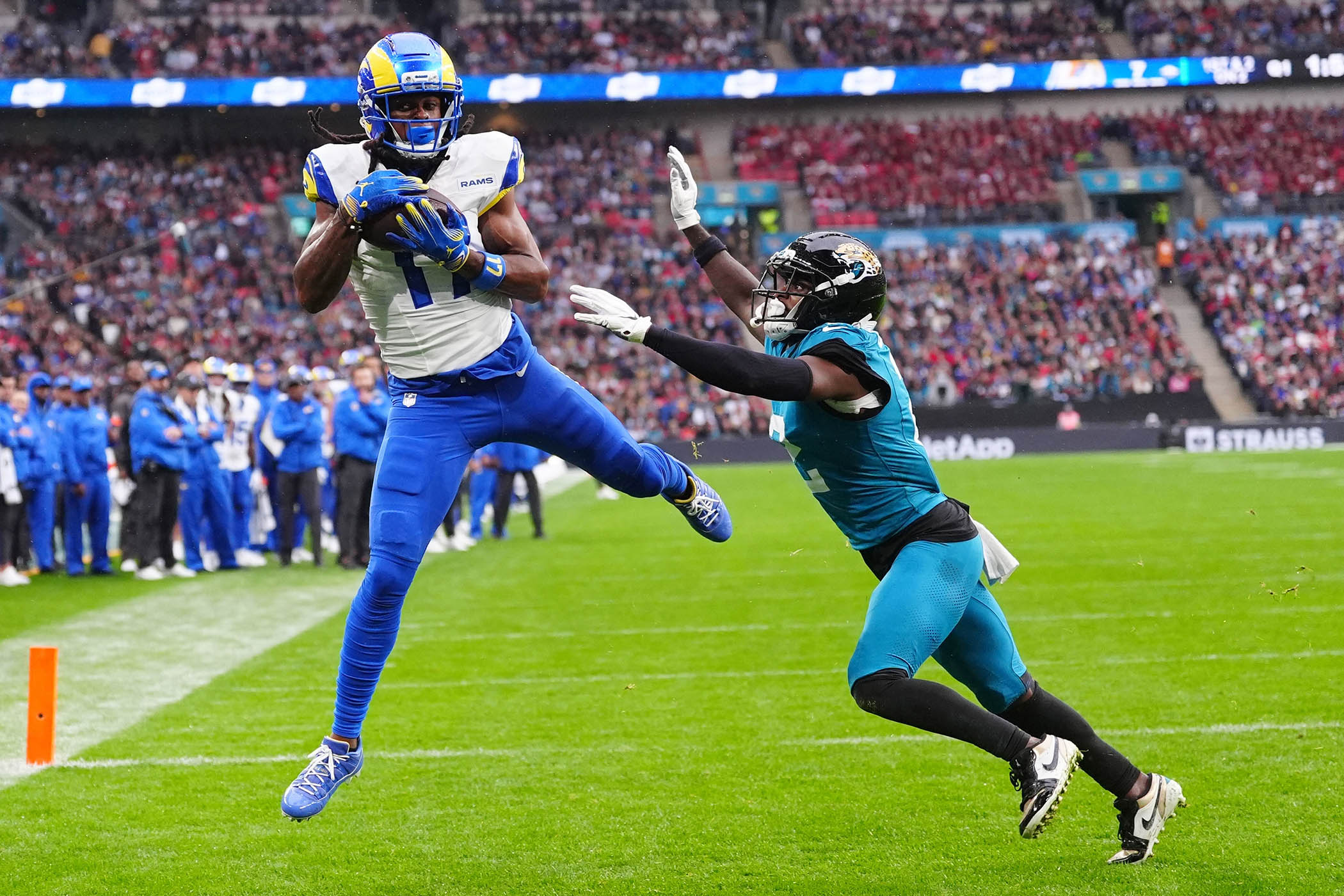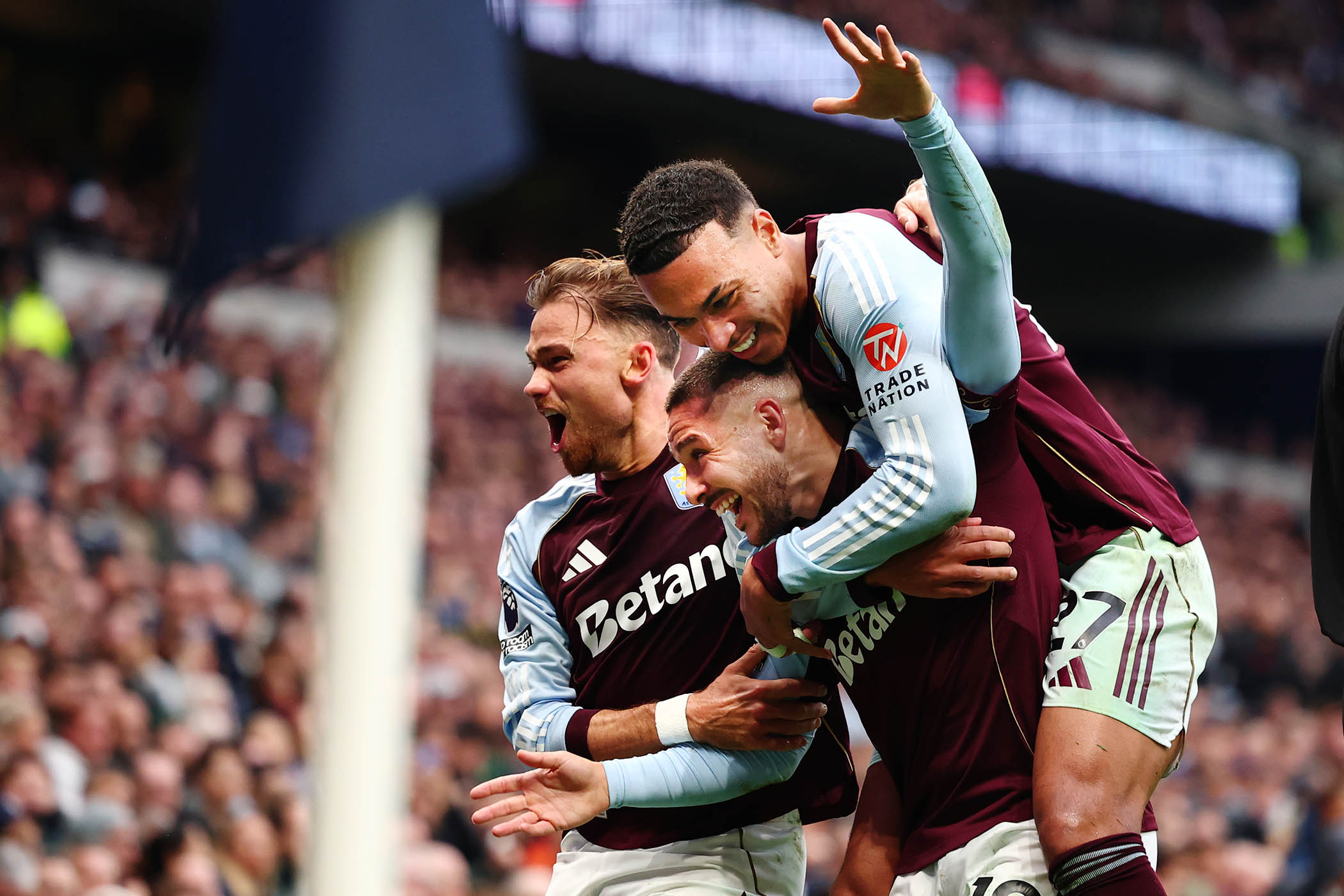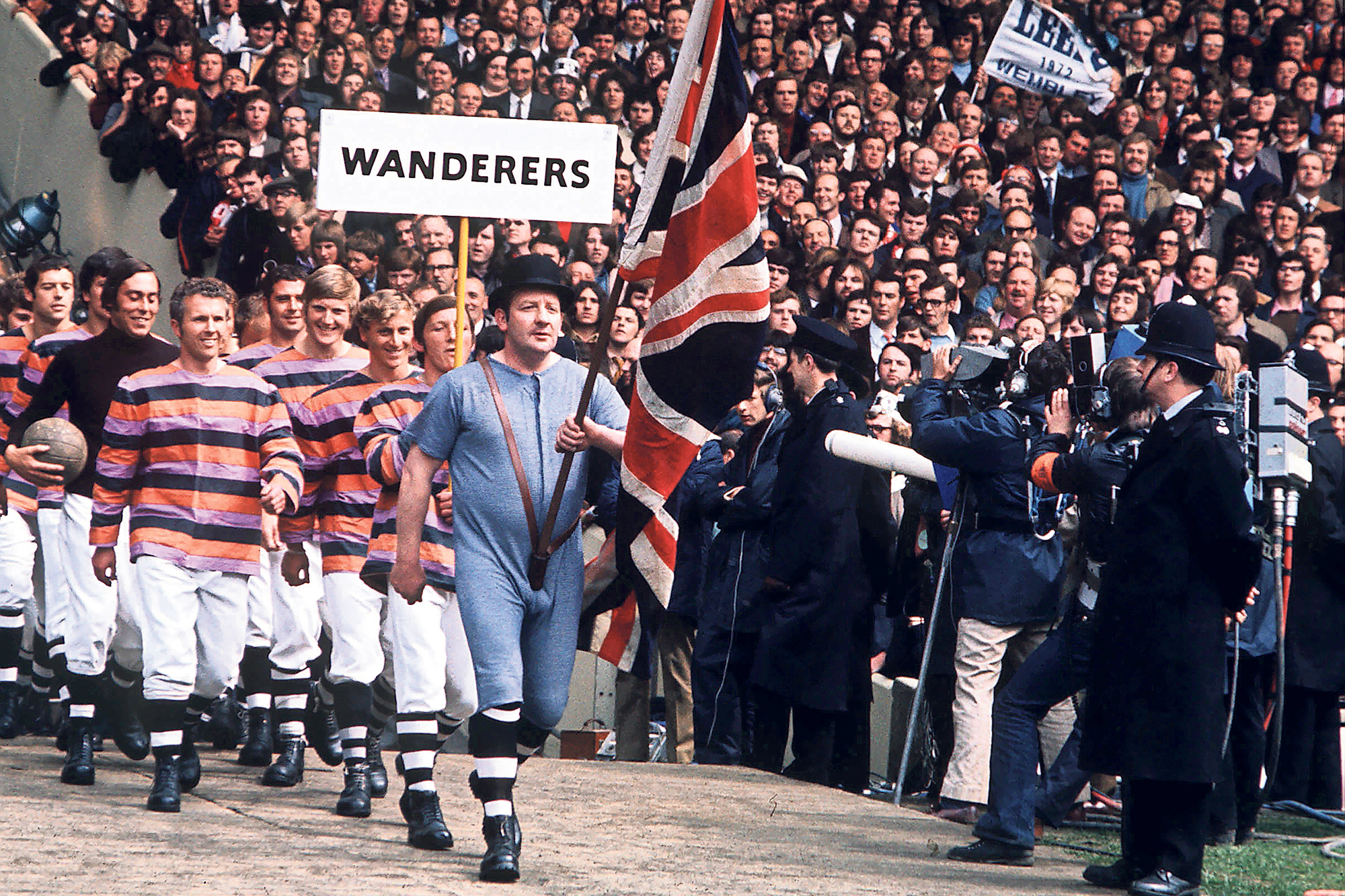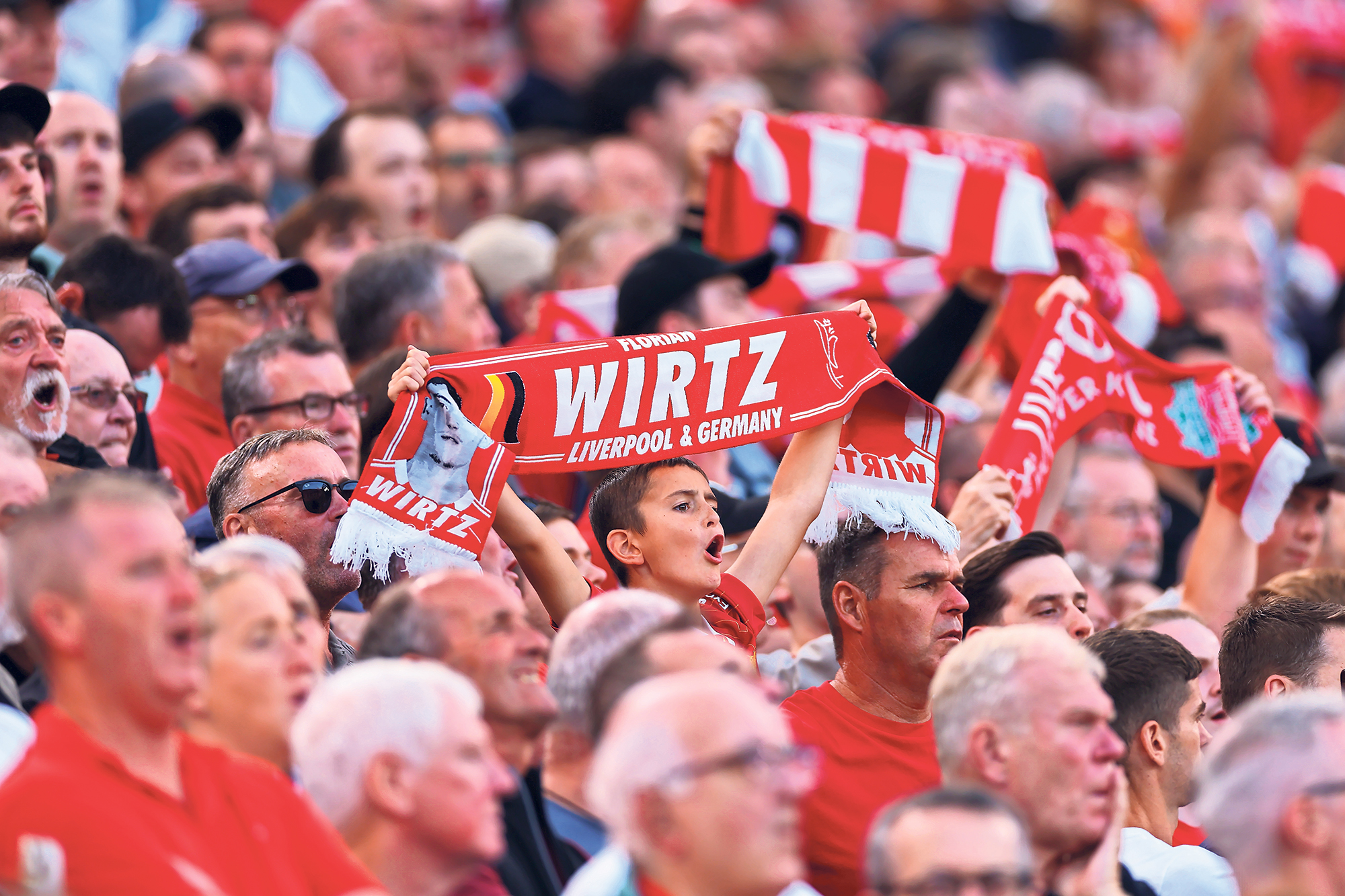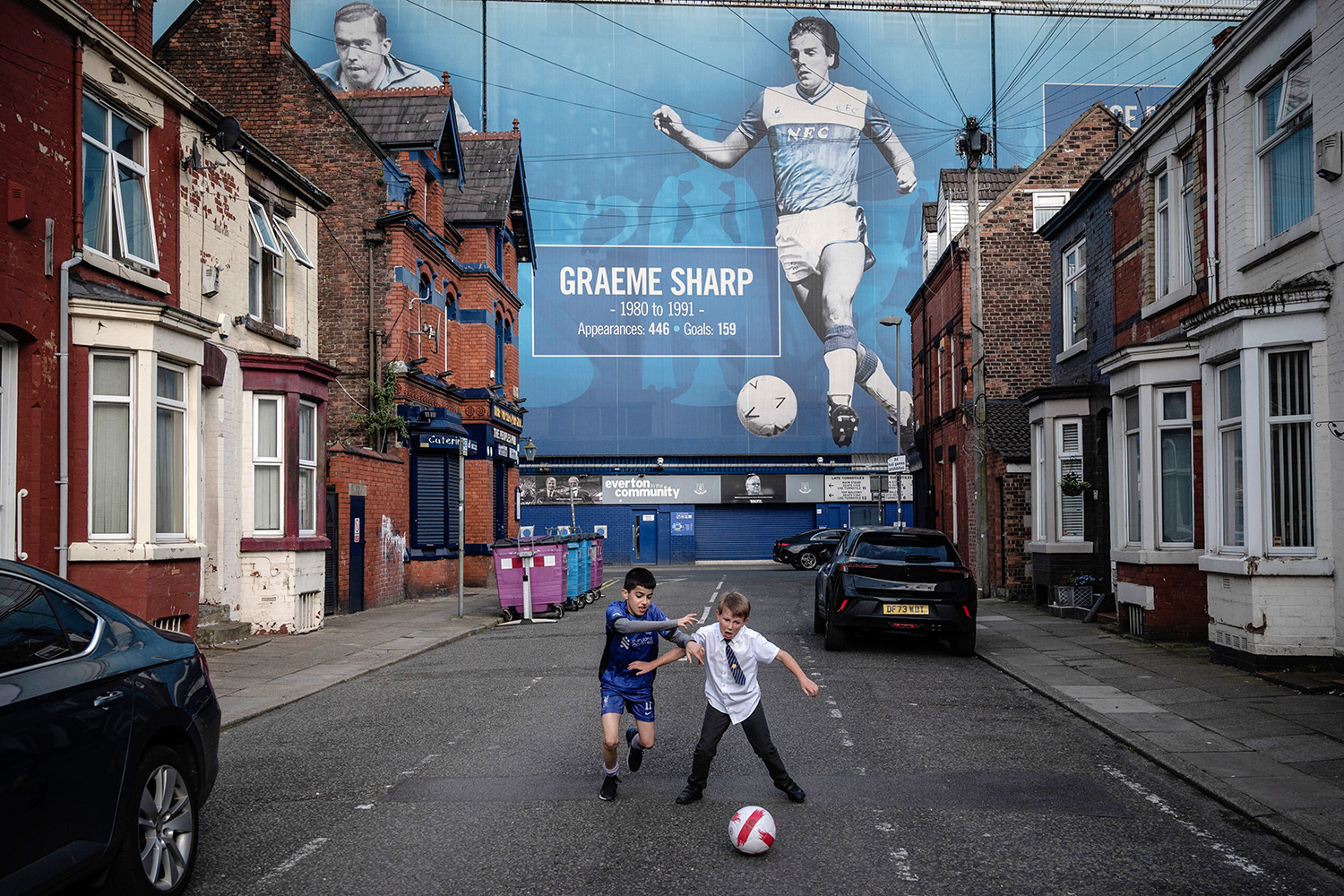
Everton’s men’s team prepare to say goodbye to their home for more than a century
Photographs by Mary Turner
Like any home, a stadium is not just bricks and mortar. As Everton’s men’s team prepare to say goodbye to Goodison Park, their home for more than a century (the women’s team are staying), their sorrow is not for the physical form of the place – the narrow gangways, low-slung ceilings, cheek-by-jowl seats – but for what it means: the memories etched into its surfaces, the history baked into its stands, the ghosts that live in its walls.
But just as a stadium has both a tangible and intangible form, so too a club. Everton is a set of players, and a manager, and an ownership group. It is a business, one whose needs dictate the move to a bright new future at the newly named Hill Dickinson Stadium. It is a group of fans, bound by a set of accepted beliefs and a shared myth, passed from one generation to the next.
It is also a community. Goodison Park has stood at the corner of Gwladys Street and Bullens Road, joined by the hip to the Church of St Luke the Evangelist, for 133 years. To those who live and work in its lee, it has been a bastion and a lighthouse, a heartbeat for longer than anyone can remember. Everyone knows why Everton have to leave. Everyone accepts the club needs new horizons. But, by this place that has always been, they know too that to move is always to leave something behind. Rory Smith
